
Photos of Barcelona 2013 - page 3
Casa Battlo
The two most wonderful frontages in the Passeig de Gracia are neighbours: the Casa Batllo disigned by Antoni Gaudi i Cornet (1904-1906)
and the Casa Amatller designed by Puig i Cadafalch (neo-gothic, 1900)
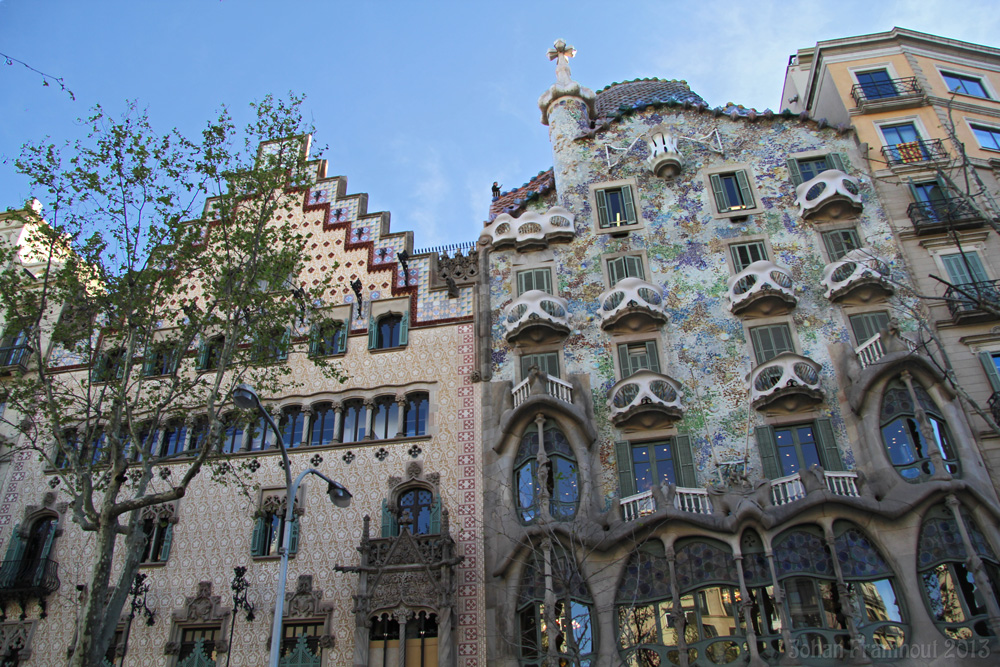
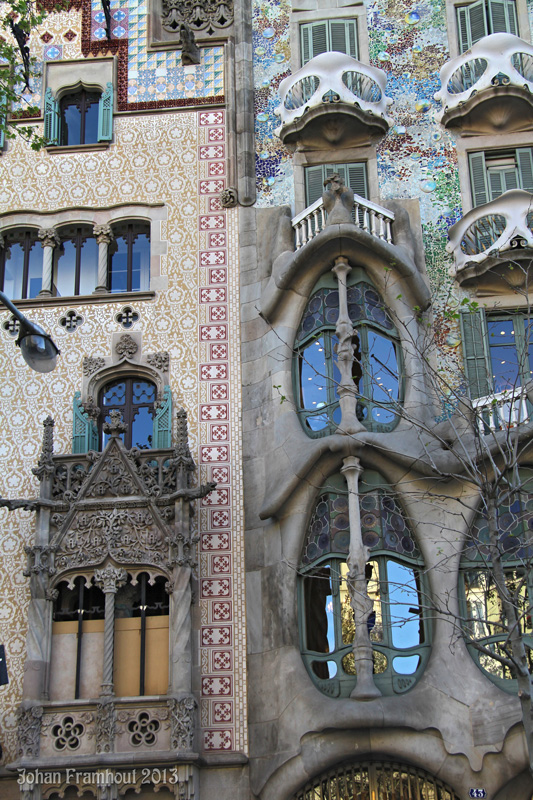
The Casa Batllo designed by Antoni Gaudi, interior.
Everything in the building is round, and even in three dimensions.
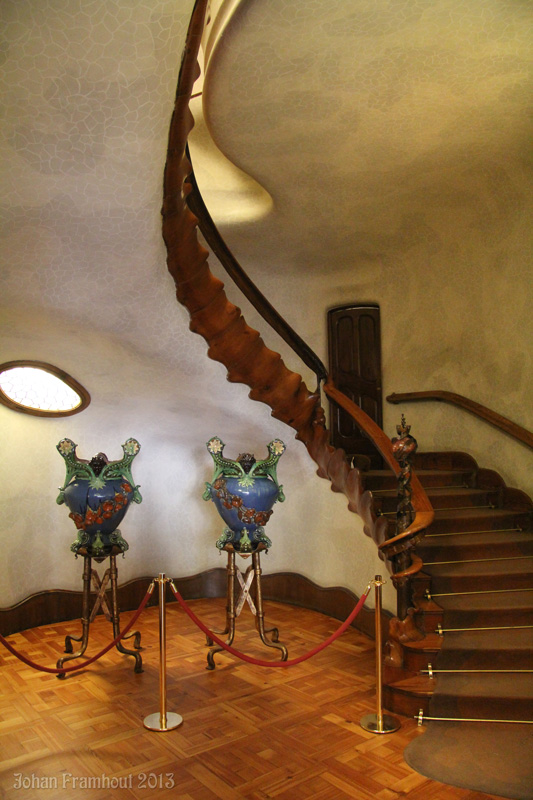
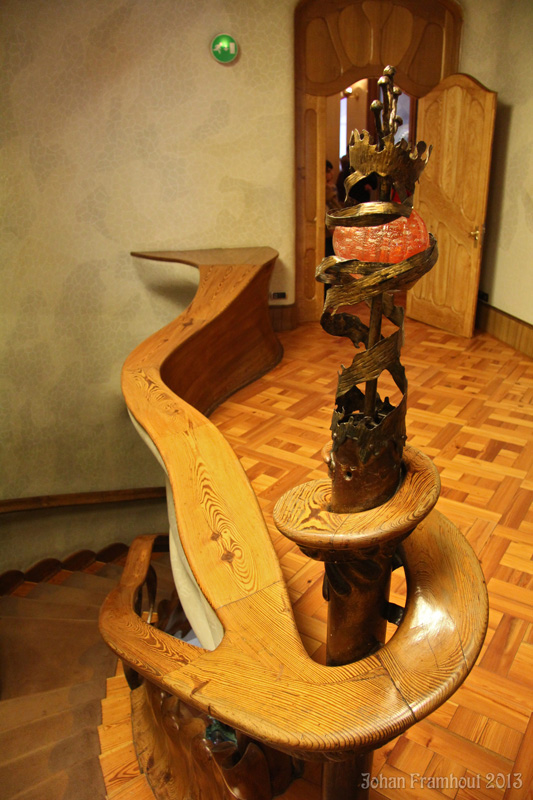
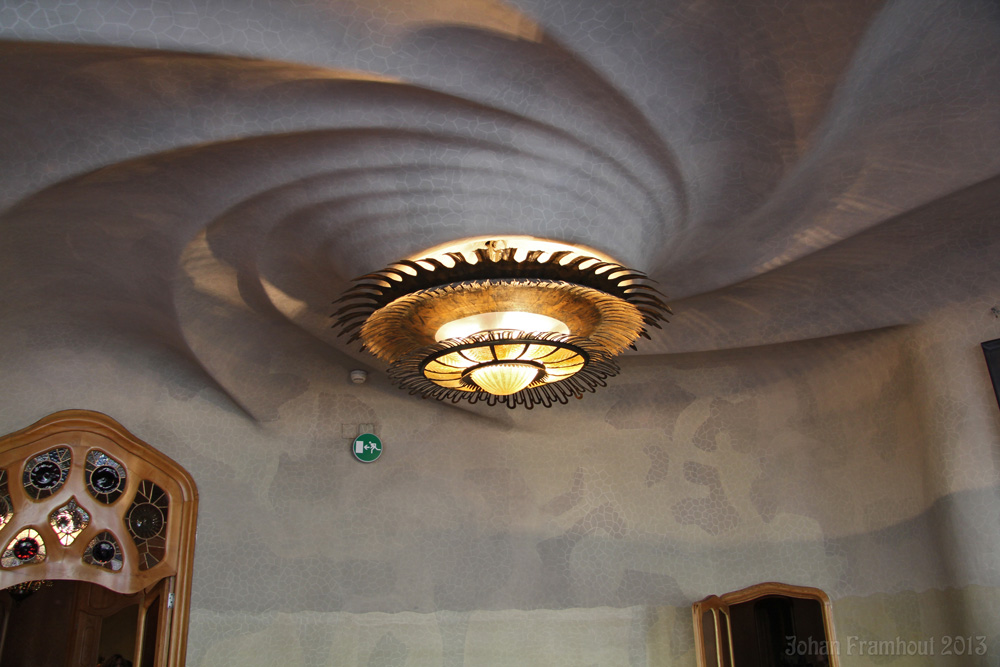
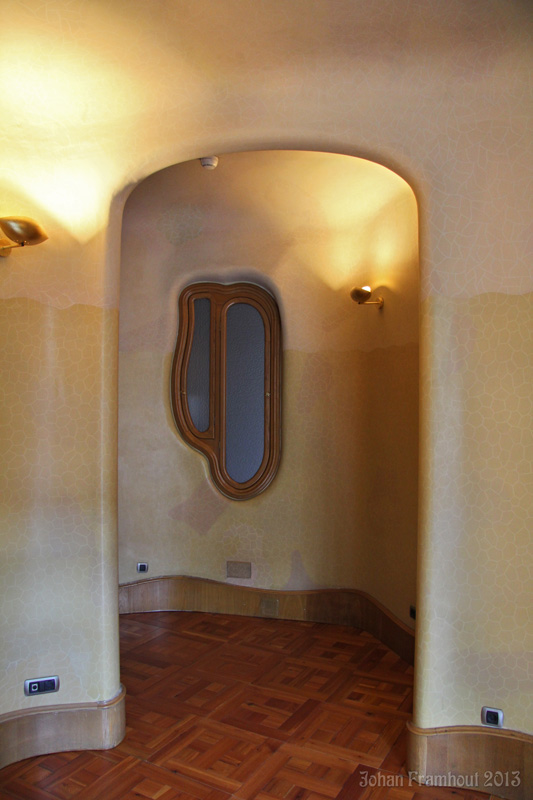
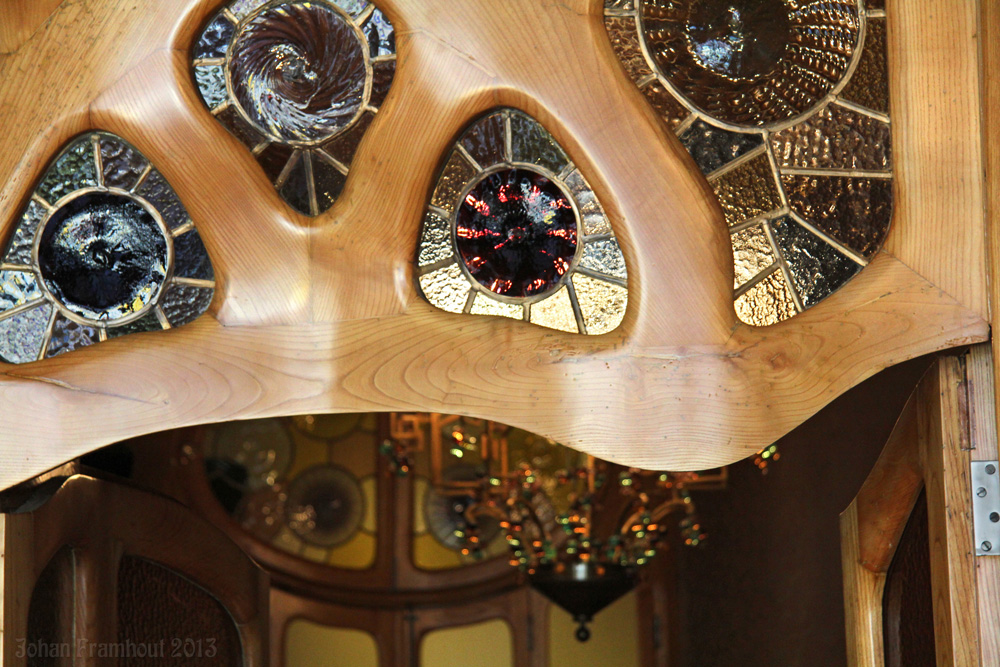
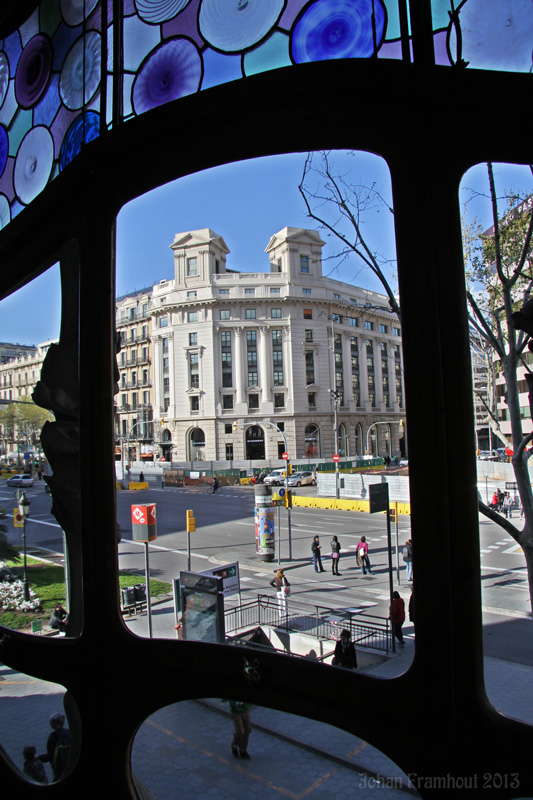
The Casa Batllo designed by Antoni Gaudi, interior: de light chamber. the higher, the smaller the windows.
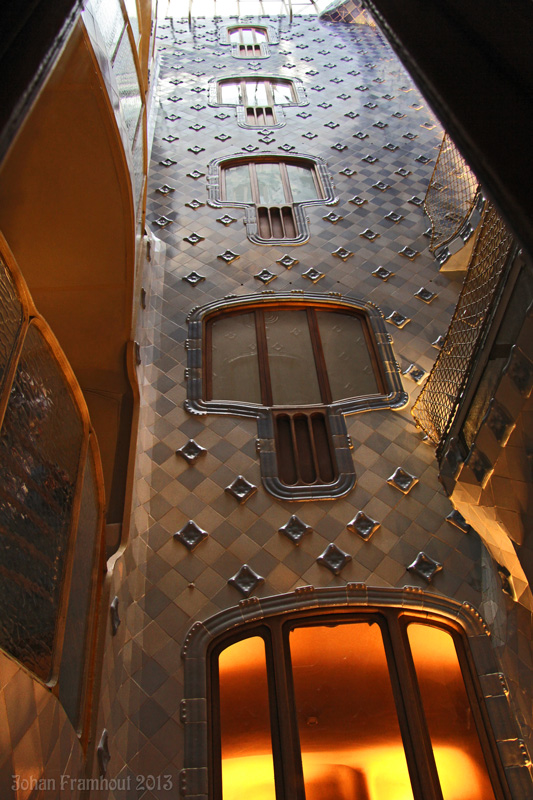
The Casa Batllo designed by Antoni Gaudi, interior: the typical chimneys and the tiles in the form of fish scales.

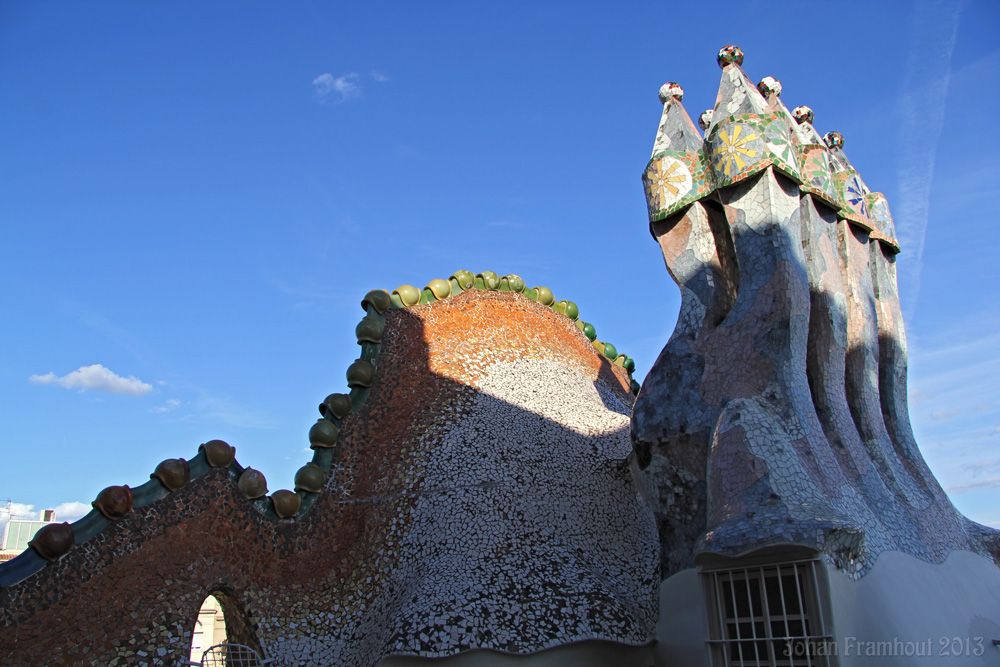
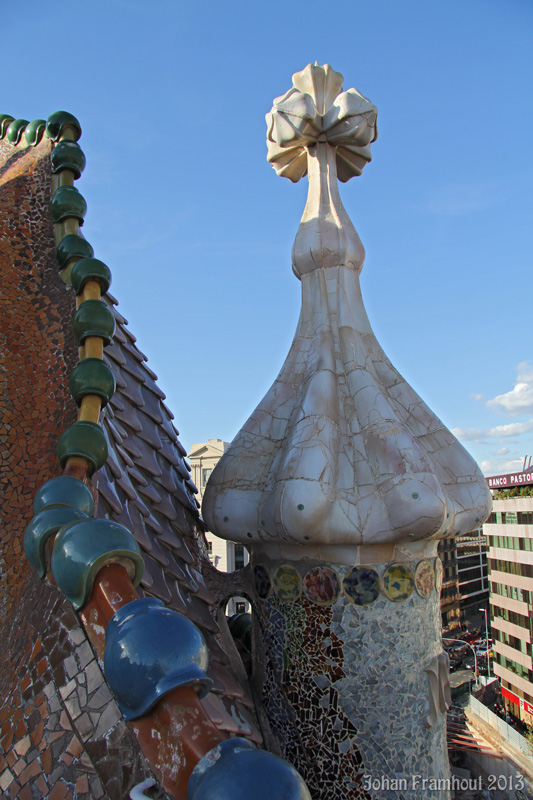
View from the roof of the Casa Batllo: a diversity of styles

View from a lower roof of the Casa Batllo: the backsite of the casa Lleo i Morera

Frontage of the casa Lleo i Morera, designed by the architect Lluis Domènech i Montaner in 1905
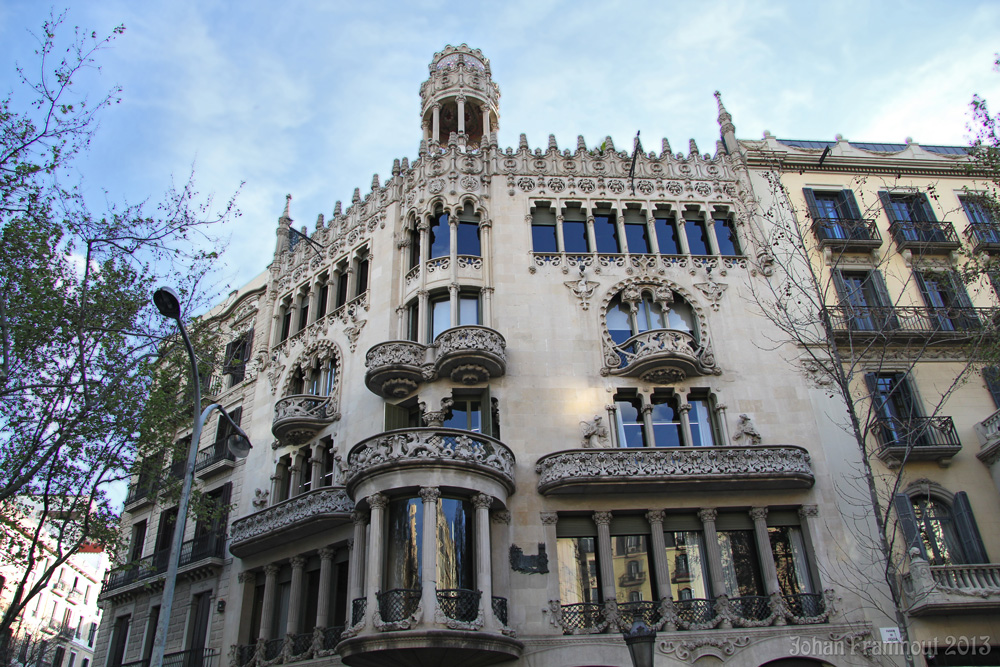
Casa Lleo i Morera: the litle tower covered with mosaic inside
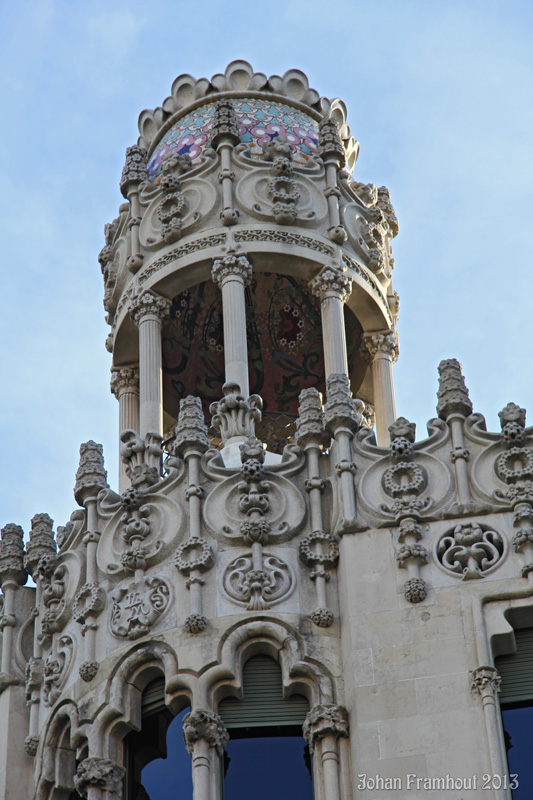
Parc Guell
Parc Guell, from the architect Antoni Gaudi
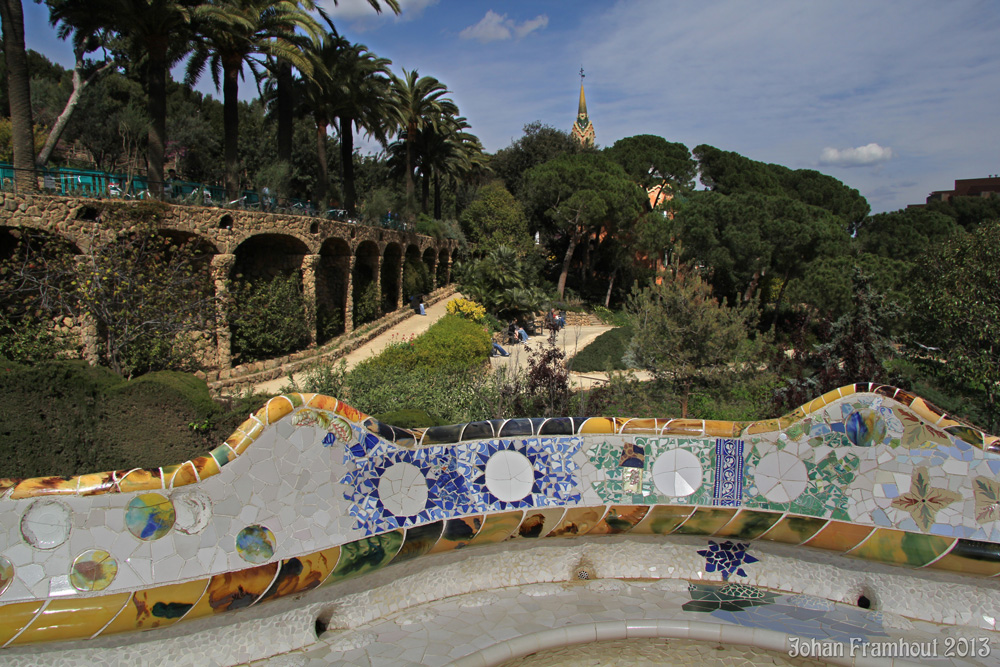
Here we expected to find some rest in vain.
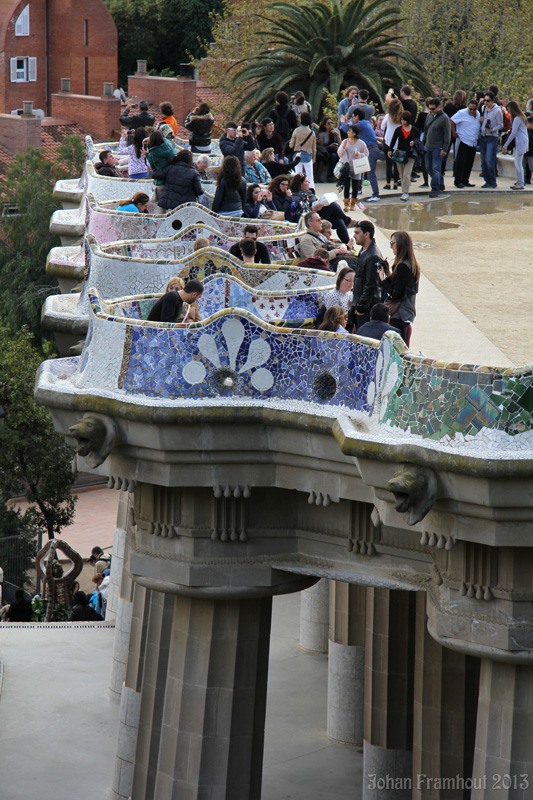
Parc Guell, mosaics from Antoni Gaudi
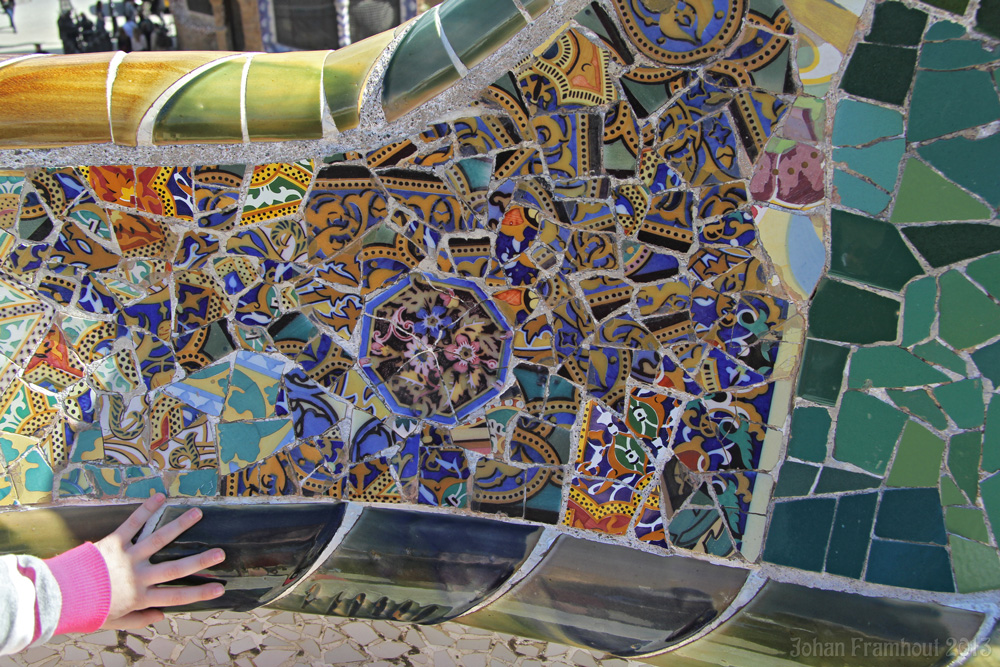
Parc Guell, beneath the terraces
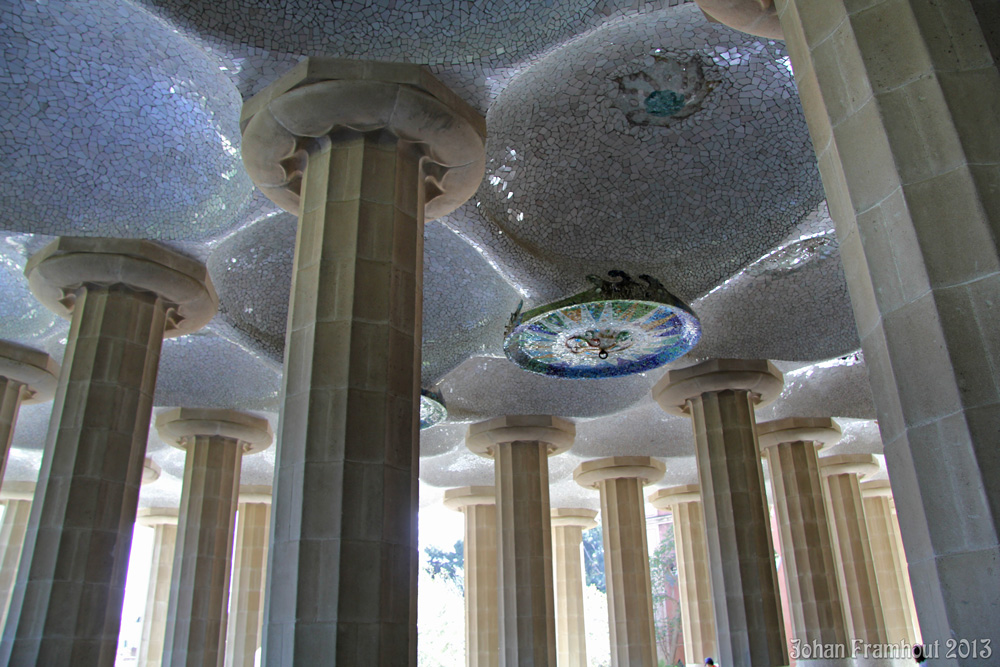
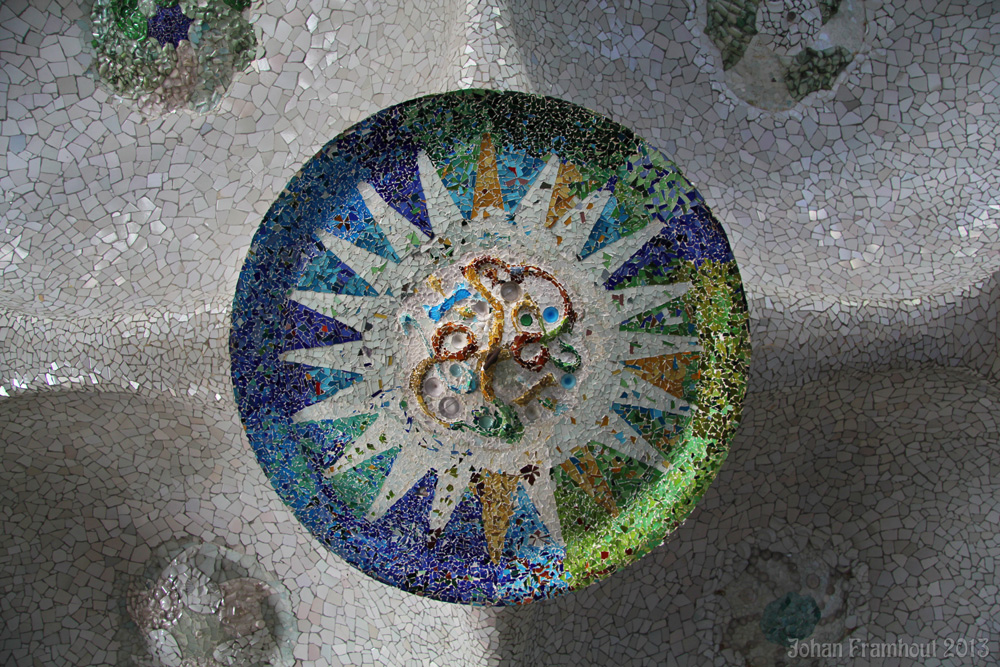
Parc Guell, this building by Antoni Gaudi is now a souvenir shop

Parc Guell, from the architect Antoni Gaudi, the emblem
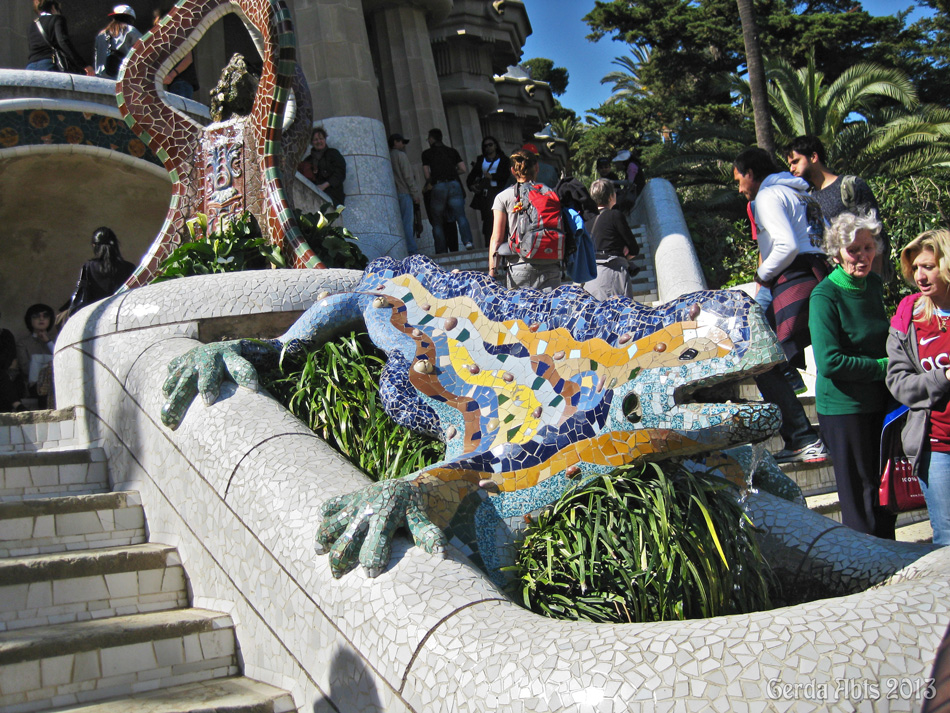
Parc Guell, from the architect Antoni Gaudi, along the stairs
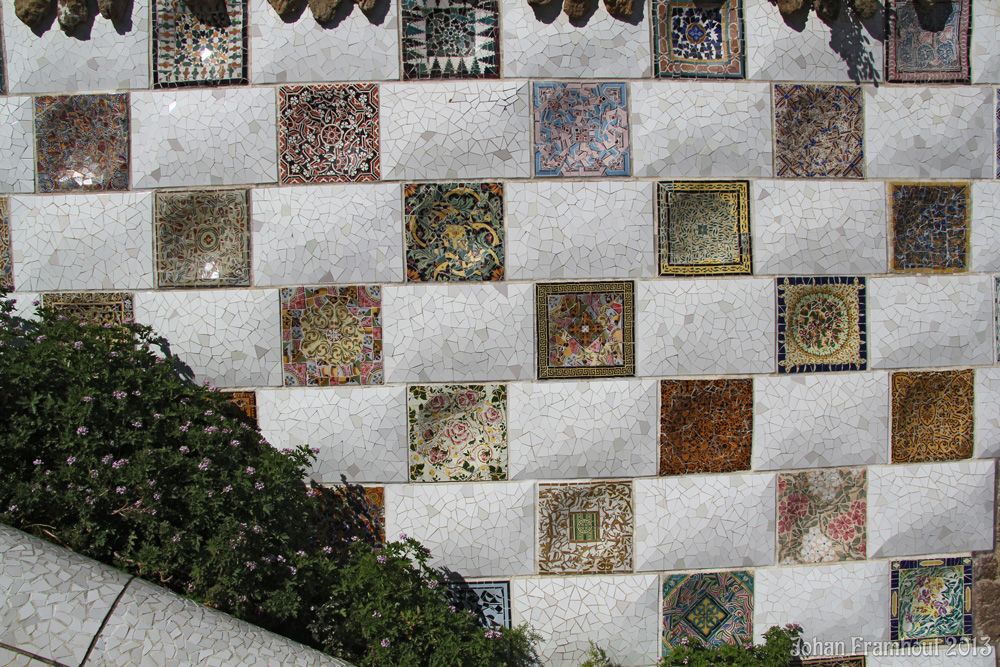
Parc Guell, we heard five musicians and also whitnessed this
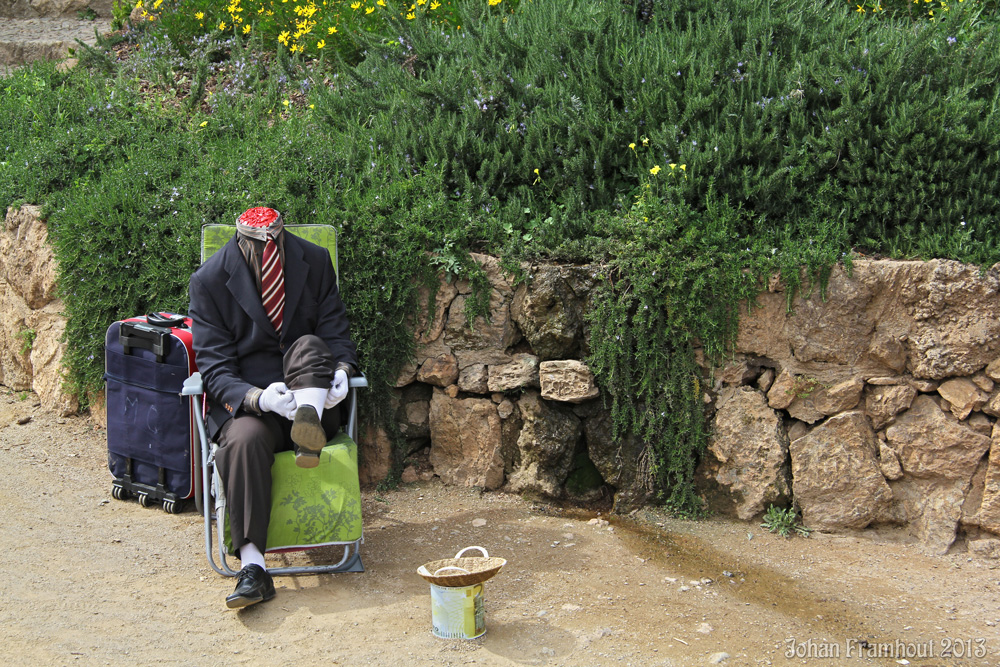
La Pedrera
La Pedrera, infact the casa Mila, another design form the architect Antoni Gaudi.
He didn't finished it completely, because the family Mila,
after a lot of quarrel decided not to have a sculpture of the Virgin May at the frontage, as was intended by Gaudi.
this is a view on the roof with the water reservoirs and chimneys, now disturbed by the awful railings.
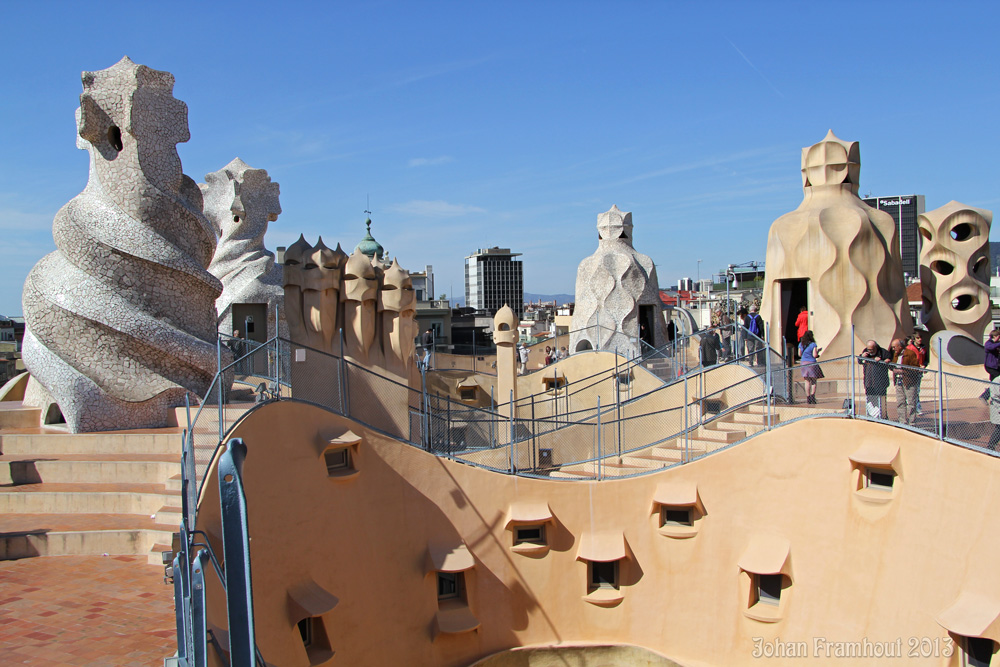

La Pedrera or the casa Mila, a patio as a light shaft to the whole building.
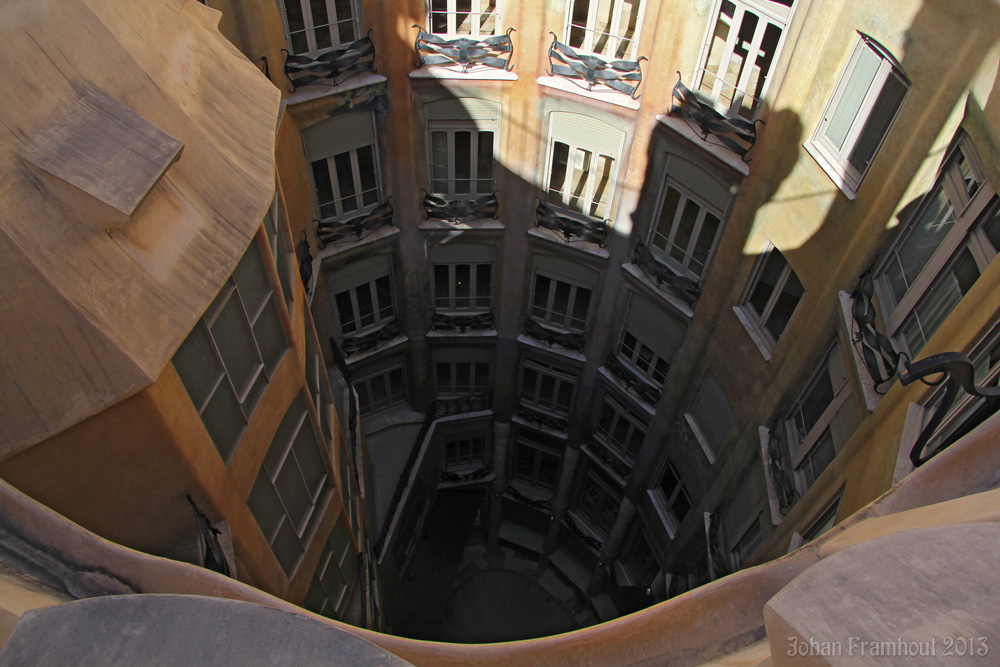

La Pedrera or the casa Mila, now partly a museum and an appartement,
here the entrance of a public service, not accessible for tourists.

La Pedrera or the casa Mila: a cafetaria not to forget, the entrance is at the other side of the building.

La Pedrera or the casa Mila: a few nice neighbours.

Palau Guell, El Raval
The Rambla cuts the old city part of Barcelona in two: the Barri Gotic and El Raval.
El Raval doesn't have streets and squares as pleasent as the Barri Gotic, but the most beautiful pearl is no doubt this house,
the Palau Güell, an early work by the architect Antoni Gaudi, with some elements of other architects.



Palau Güell: the central reception room, with a dome with light openings which gives the impression of a starry sky.
Several windows all around permit to have a view in the reception room from all other rooms, also useful to let the light passing through.
The space was also used as a concert hall, with a permanent organ and a tribune for the musicians.
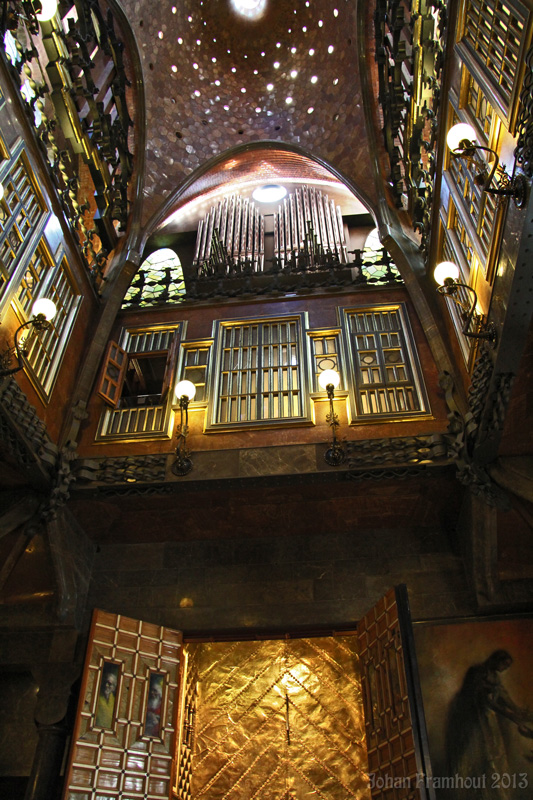
Palau Güell: central room. when those doors were openened, the room also served as a chapel.
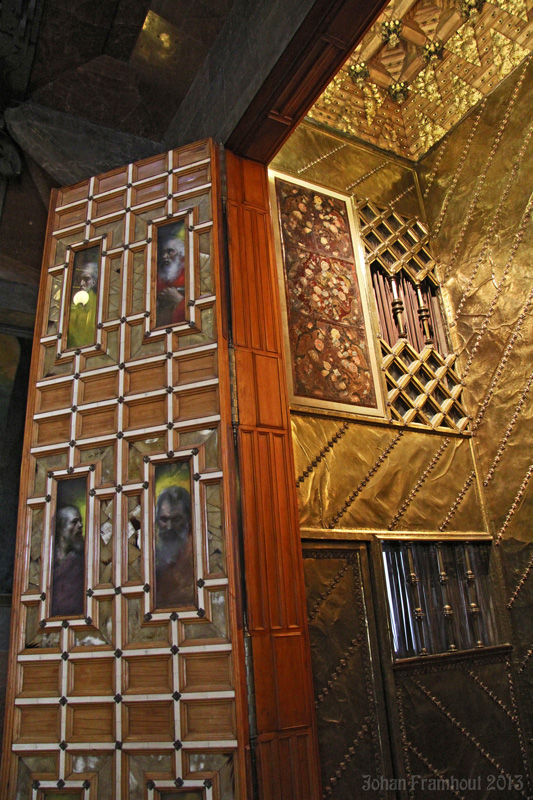

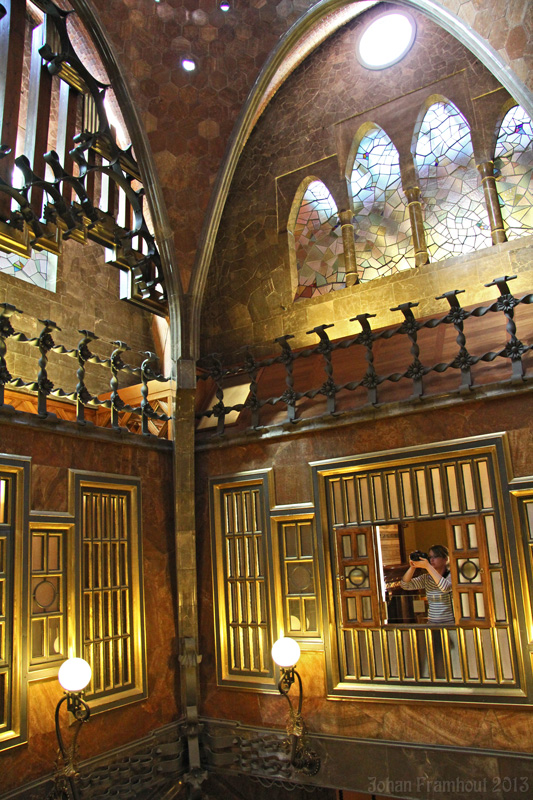

Palau Güell: in one of the many rooms
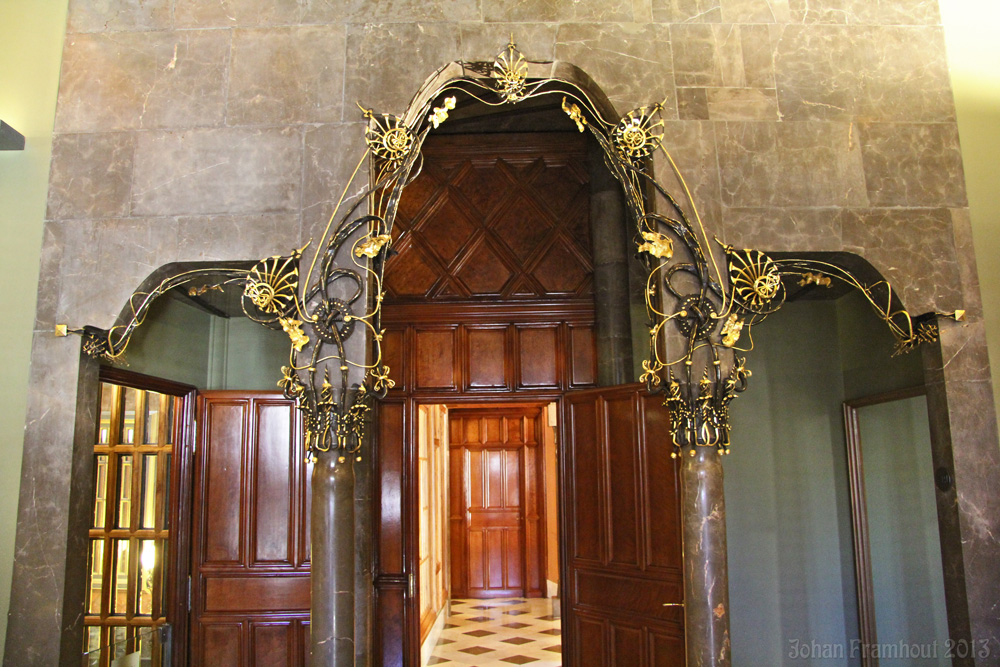
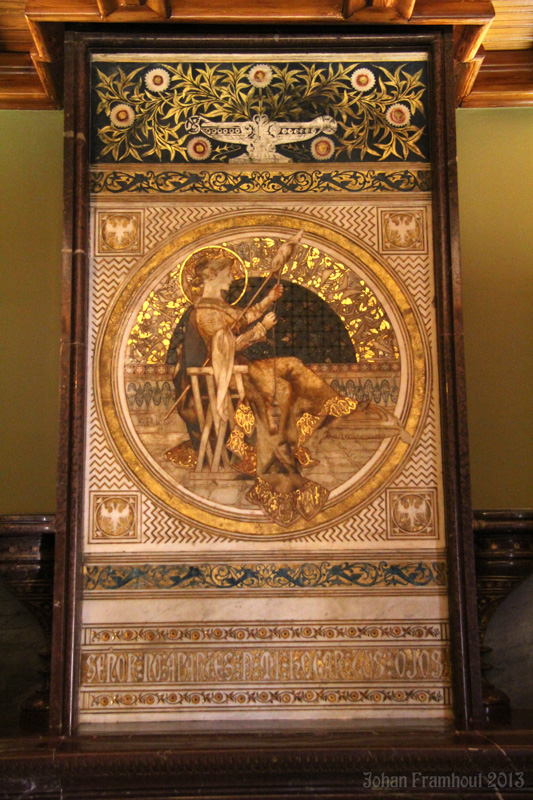

Palau Güel: on the roof, the central lantern and the chimneys.
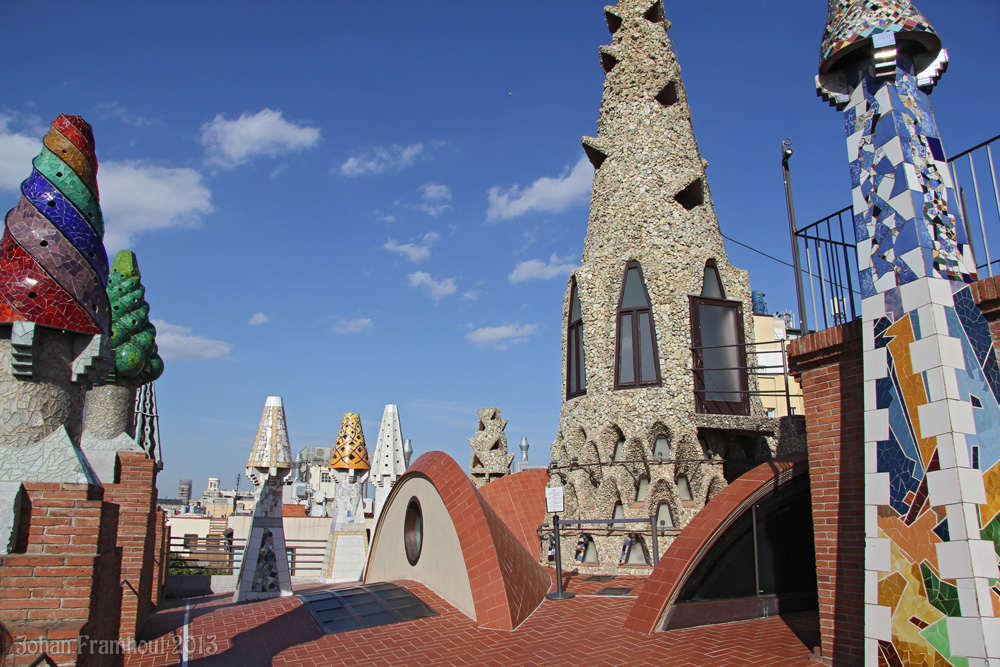
On the roof of the Palau Güell: towers and tower-like

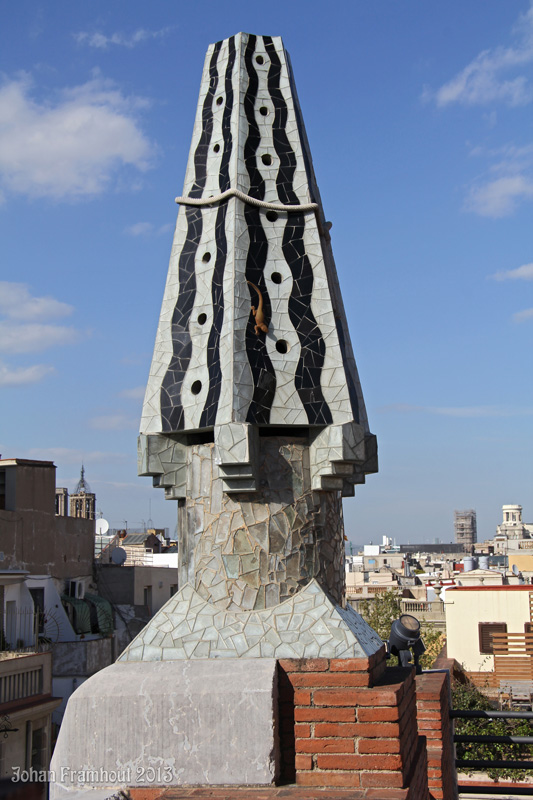
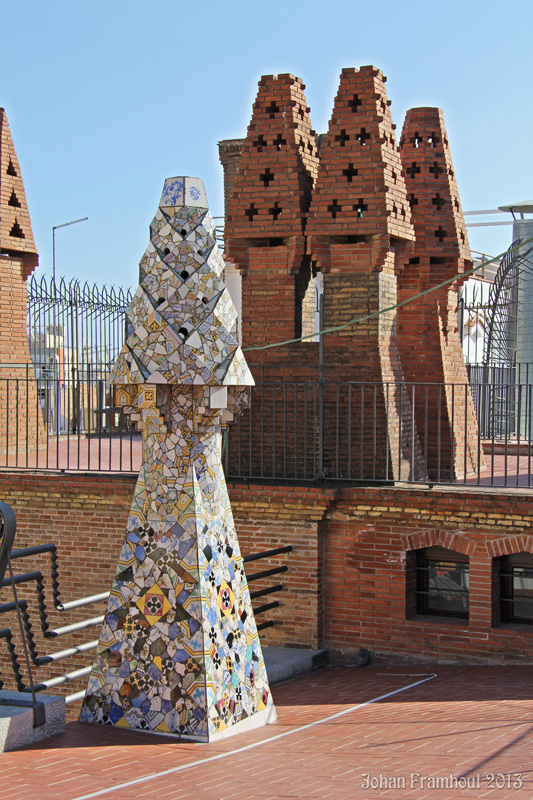
On the roof of the Palau Güell: not everyting to look at is equally beautiful
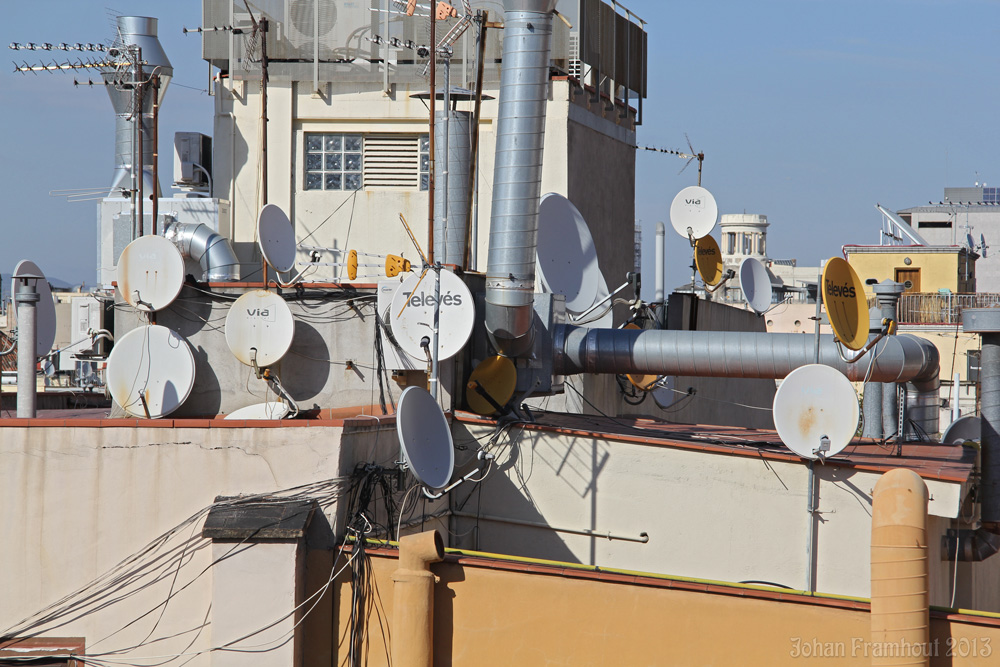
Entrance of the Palau Güell
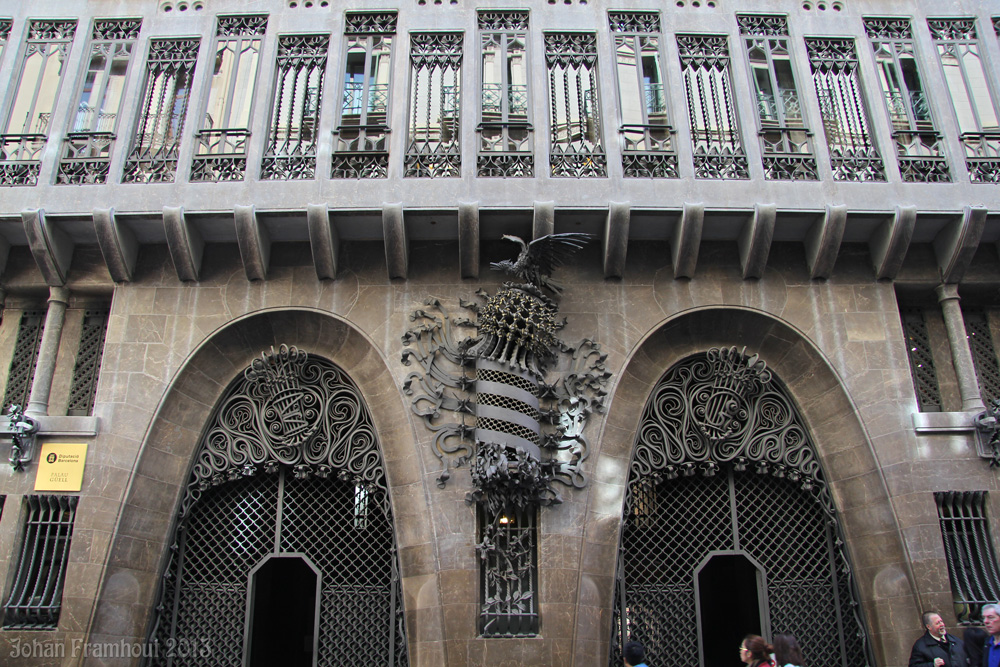
Nevertheless a quiet place in Barcelona: Antic Hospital de la Santa Creu in El Raval, close to the busy Broceria
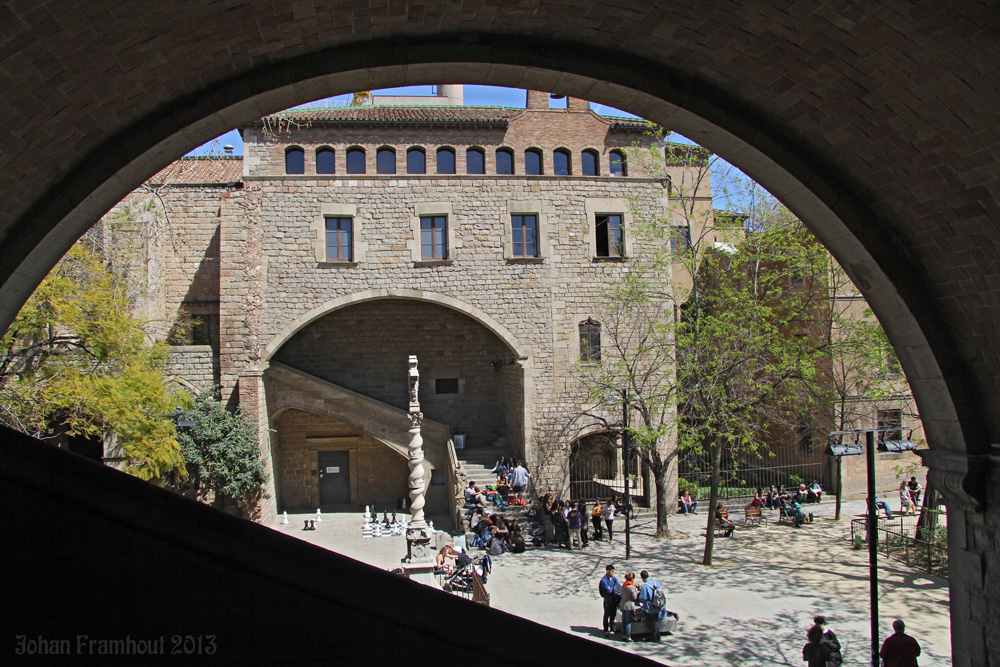
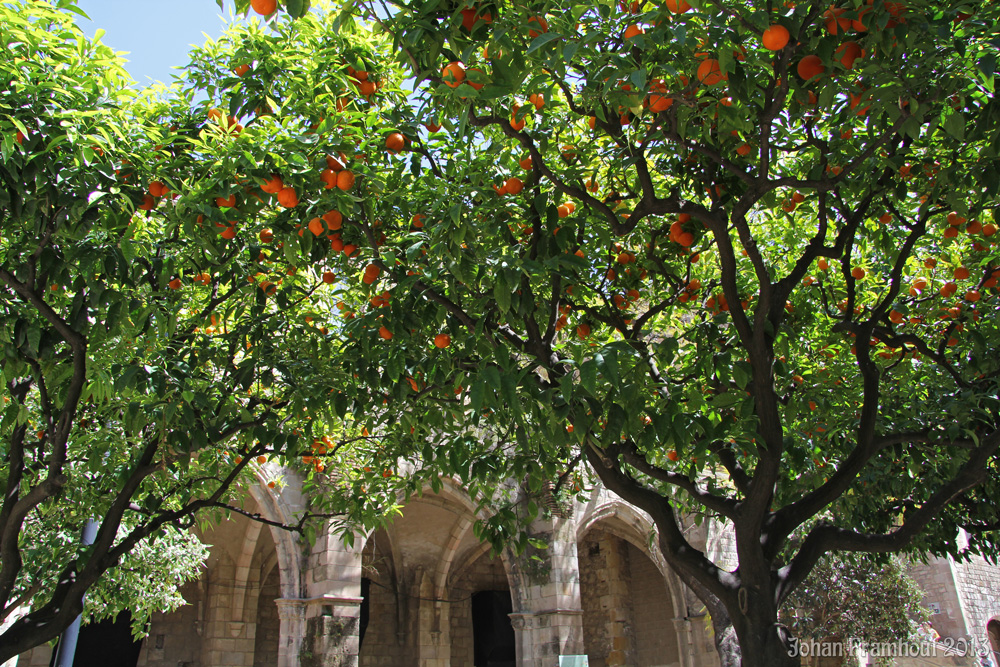
El Raval, close to the quays: a detached front.
